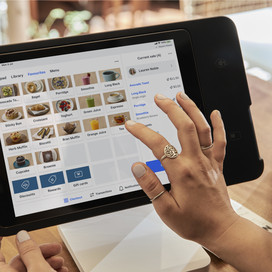Fabbrica is a brand full of ambition and on a steep learning curve. Here, Director and Group Executive Chef Scott McComas-Williams and General Manager Marlon Kigonya break down the move from restaurant to retail and back again, and take us on the journey of development of Fabbrica’s pasta packs, a product that packs a punch.
Hey, Scott and Marlon! Fabbrica has been in business for four years now, with four pasta bars open, and a fast-growing retail line of packaged fresh pasta and sauce packs – how do you feel?
Scott: Pretty proud of the growth and where we’re at now; having Fabbrica’s retail Pasta Packs stocked in Woolies, Harris Farm and Maloneys in such a short time frame is impressive, and the growth of our pasta bar brand is a proud moment too and one which we plan to keep pushing. I’m proud of the product as well, we’ve stuck true to our roots and haven’t ever cut corners or let the quality slide for the bank’s sake.
Marlon: Fabbrica’s ethos still remains; good food, quality products and people, we’re a real people-driven business and we’re starting to make some amazing hires as the business evolves. It’s exciting to be part of a brand that’s constantly evolving, especially when we haven’t fully realised the potential of what we’re able to achieve yet.
Has the way you use Square changed as your business has grown?
Marlon: Yes, initially we were just using Square’s online store platform through COVID to sell things like wine, takeaway pasta, groceries and our early Pasta Packs online and take pre-payments, but we’ve also used it for festivals or parties off-site when we don’t have our full set-up. We can now take our Square app and transport what we do in a bricks and mortar set-up to a festival site seamlessly.
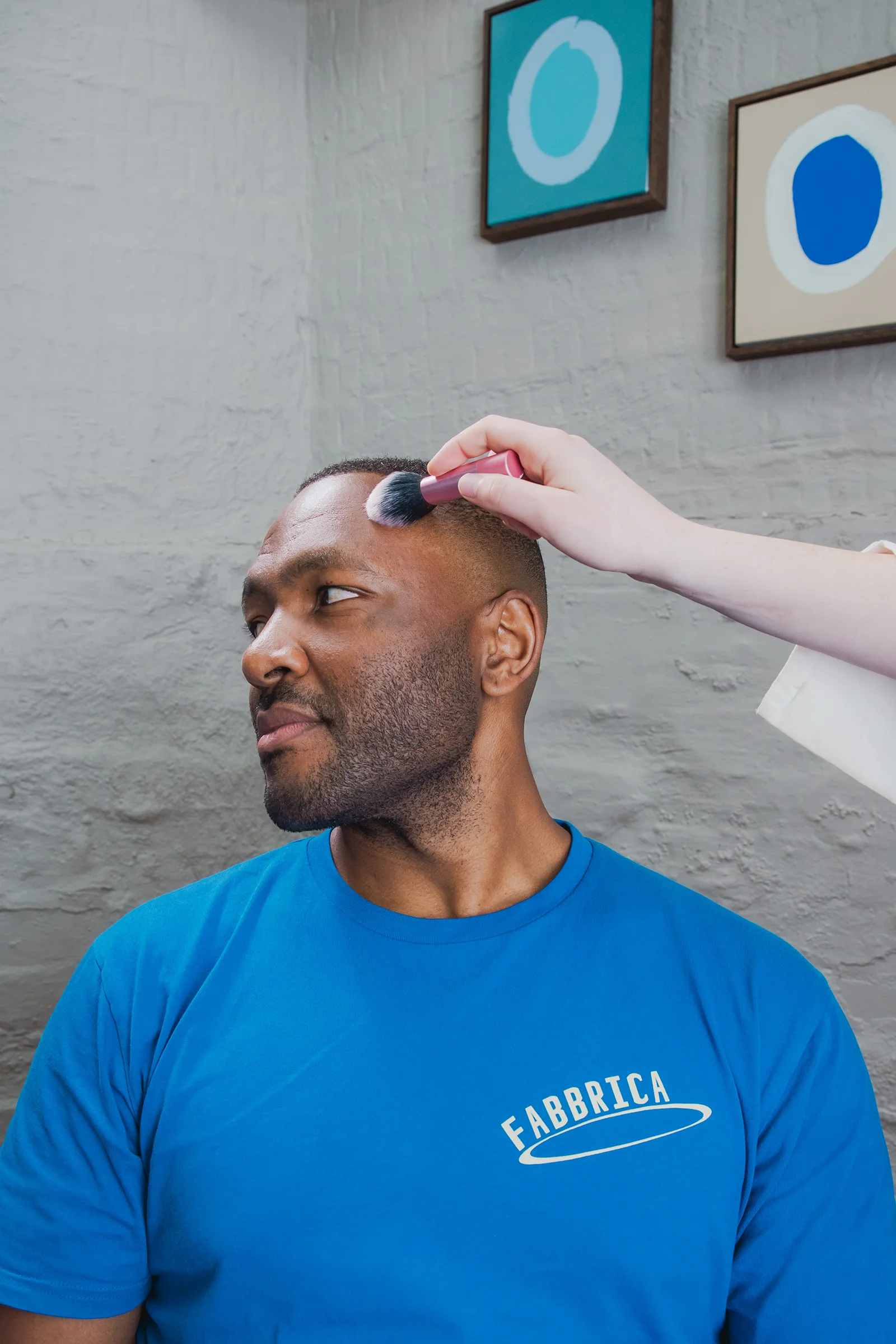
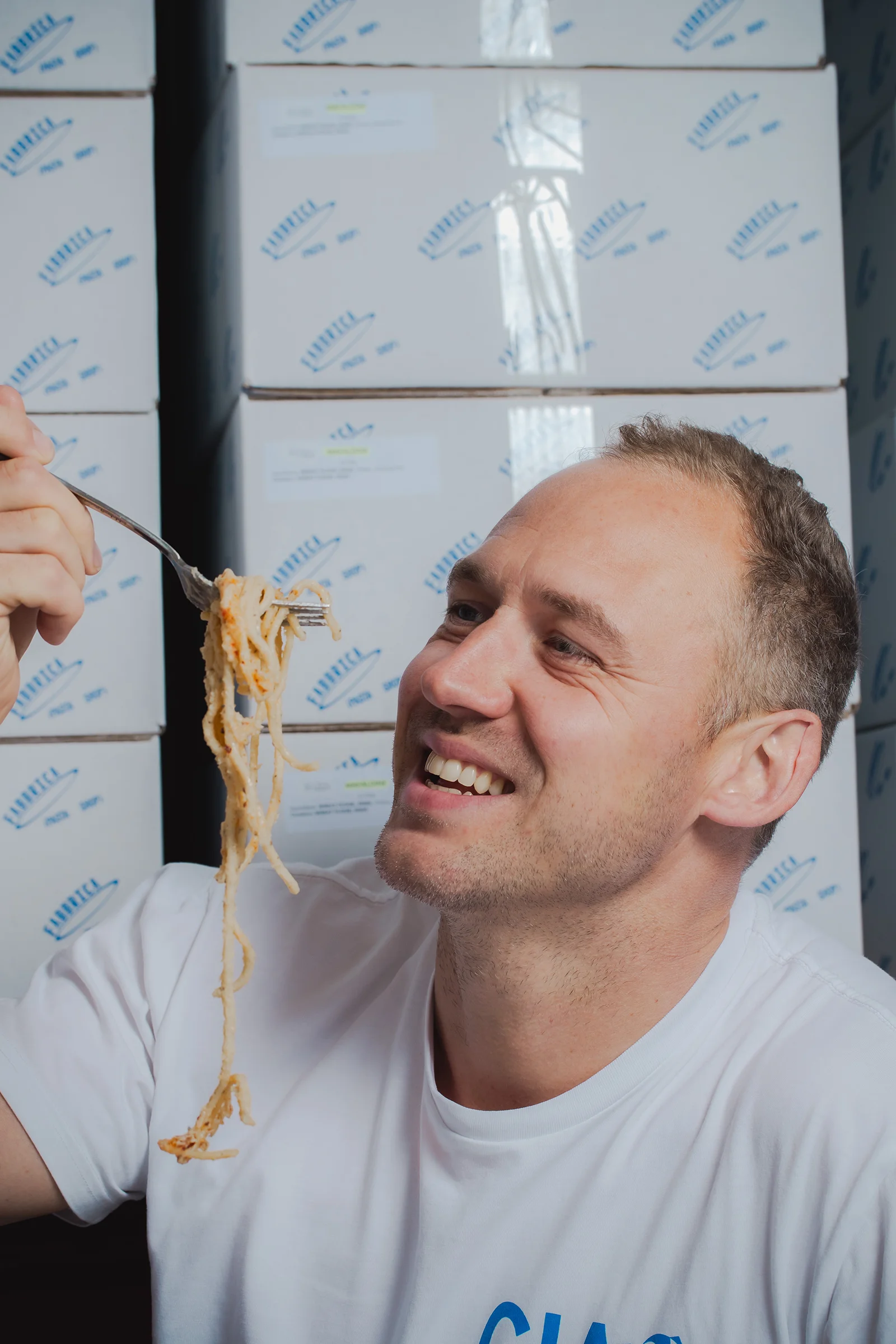
Your pasta packs started in COVID as a way to keep your staff at your pasta bar, Ragazzi, employed. Can you talk us through the decision to create the new Fabbrica brand, and the intention for the brand from the beginning?
Scott: Fabbrica (or Fabbs, as we refer to it) was created to separate ourselves from Ragazzi, which was always going to be a stand-alone venue. The initial concept with Fabbrica, which means “Factory” in Italian, was a glamorous spin on a pasta production facility, as well as a dining experience. We soon grew out of the production space and moved that to a larger off-site warehouse, and switched the King Street venue to dining in, for which there was a huge appetite. We’ve expanded into including our bakery brand, Fabbrica Bread Shop too, because we had a gun baker in-house. So from where it started it looks pretty bloody different, it’s evolved and adapted with the times, which is great. I love that not everything is set in stone.
Scott, you’re a chef and restaurant owner. Having never developed a retail product before, what were some of the challenges or unexpected moments you came up against in the R&D process?
As a chef who’s customer-facing, you can trial something within your space, chuck it on the specials for that day, and if it doesn’t work then so be it. Whereas when you’re coming up with products that are going to take huge quantities of product to produce, packaging with lead times and labour to put it out there, you can’t throw it out there and hope it works, you need to be much more thoughtful.”
Scott McComas-Williams → Director and Group Executive Chef, Fabbrica
Scott: Cost is something we really had to keep an eye on. Produce fluctuates throughout the year so we have to be careful with what we’re using. It has to work in a pack, as something that can be taken home, bulk-produced, and worked for the customer at home. Shelf life has been a big learning process. For example, we came up with a beautiful green sauce with spinach and broccoli with fresh ricotta for our Al Forno range, but we couldn’t get the shelf life up enough for anyone to take it. We don’t get 5000 packs made now before testing those things out.
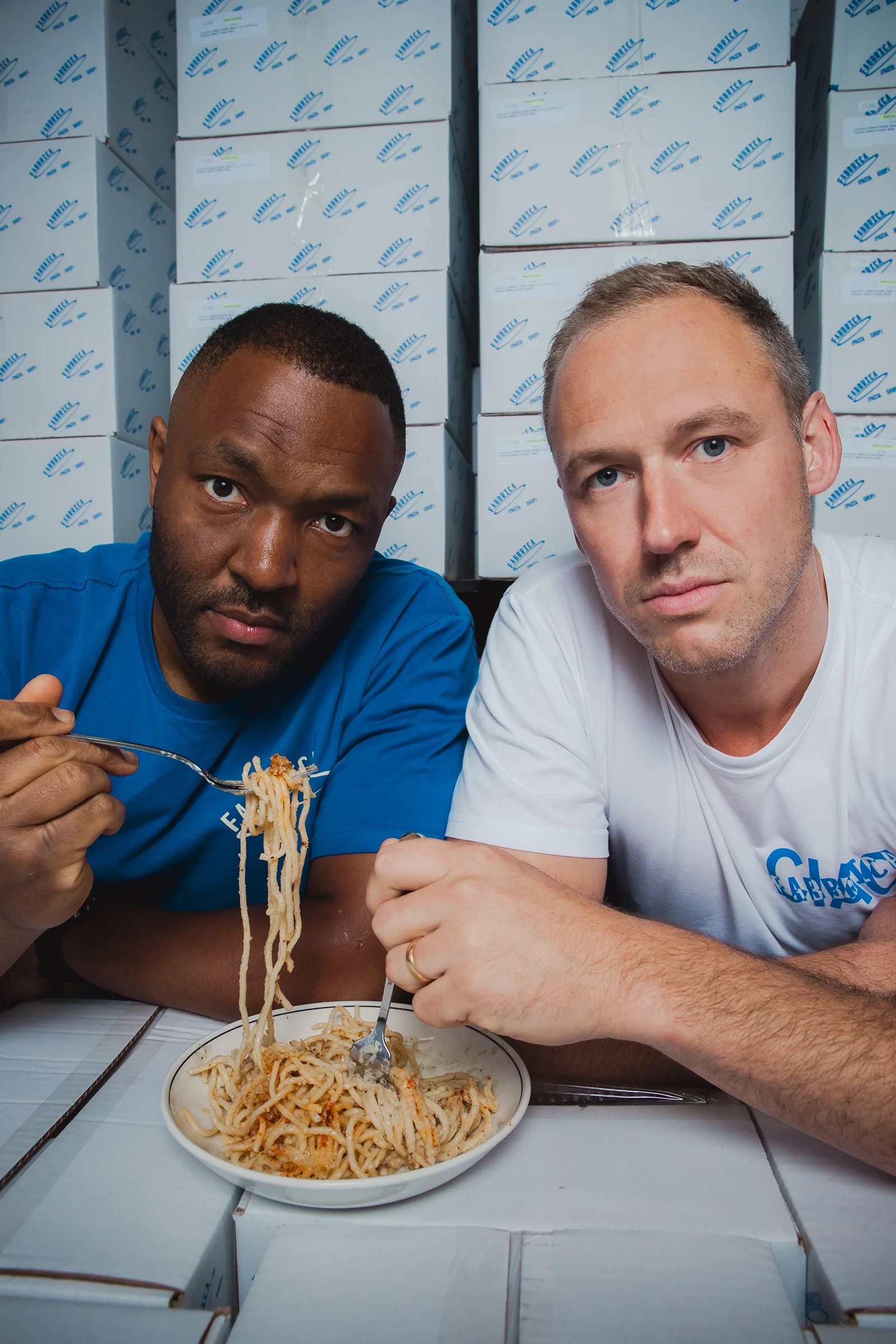
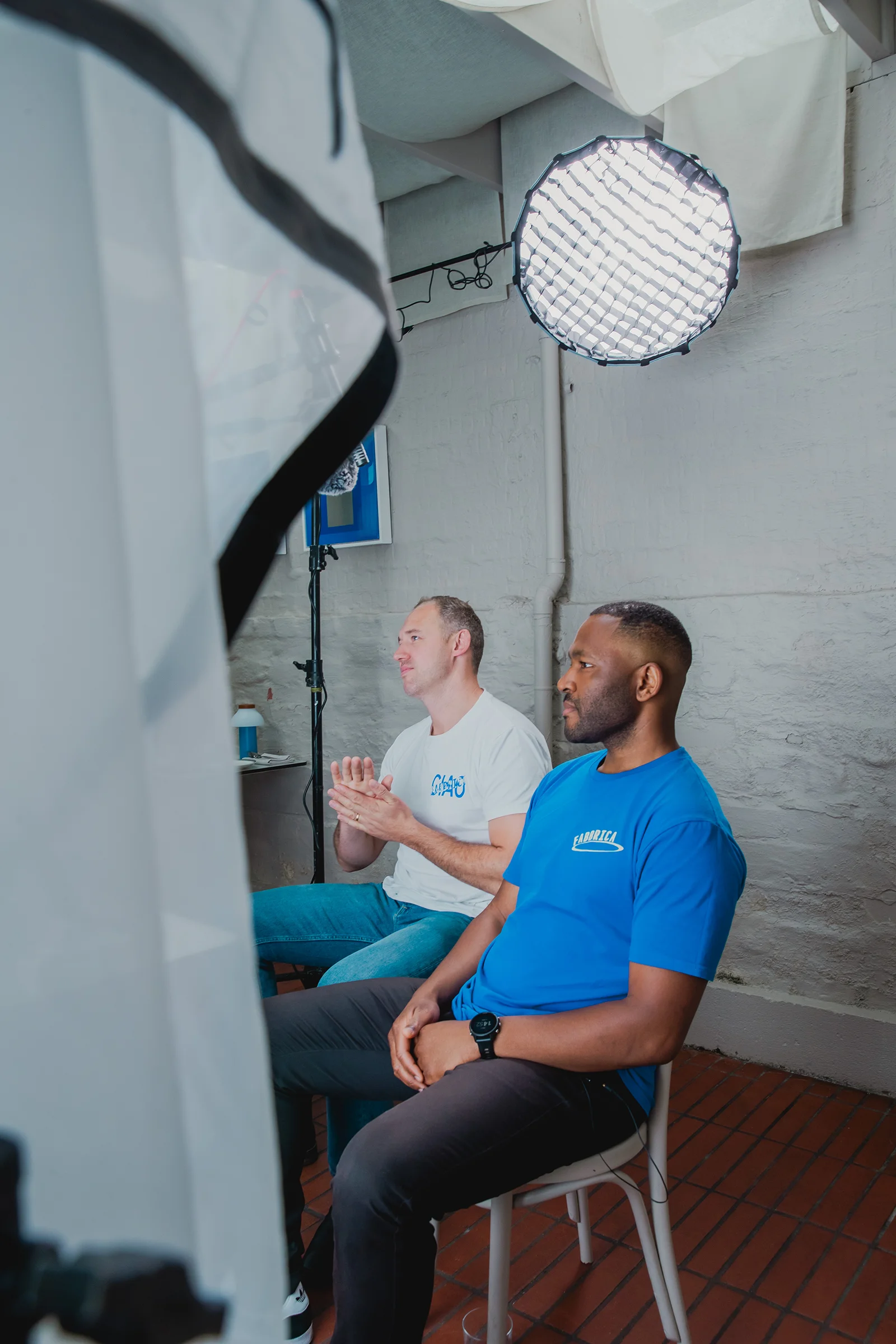
Any initial surprising moments you can recall?
Scott: I was surprised at how great the shelf life could be with fresh pasta. As a chef, we make and sell it the same day, and so I was surprised when we worked with a food scientist how easy it was to extend without using any crazy preservatives, its all-natural ingredients.
In restaurants we know our clientele, but with retail we don’t as much, a retail item needs to sell itself and scream “buy me”. The product itself can’t be too experimental. I can put a pasta shape that no one has ever heard of at Ragazzi and no one will blink twice ordering it. Waiters will explain it, and the diners have the confidence in us to order it. But in-store, the product has to be self-explanatory.
Marlon: When people come to our restaurants, they’re here for an experience. If they were just hungry they’d stay at home. Our retail products cater to that market. You can see from the product mix that’s available, the sauces and flavours we’ve selected for retail are totally different to the most popular ones in the restaurant.
The packs were picked up by Maloneys and Harris Farm Markets, and have recently launched in Woolworths Metro stores nationwide, was this step-up stockist approach intentional?
Scott: Cam our distributor has always been pushing to grow the brand but we had to crawl before we could walk. You’ll never go straight into one of those big guys, but it’s an obvious direction. You can have more two-way conversations with the small guys, but the large retailers have always been a goal. The progression of starting small, and knowing what our capabilities are was important. Once you get into the big guys, it’s a one-strike policy. If you can’t keep up with demand it’ll be game over. Though Woollies is very collaborative and so great to work with so far, it’s exciting.
Marlon: Consistency is the goal, as well as keeping up with sales, pushing the product through our own channels, and developing more of the lines so retailers and customers have more options.
Talk us through the pack design, what were the challenges and learnings there?
Scott: We wanted a beautiful pack that was still produced efficiently. You have to take a hit on one or the other sometimes. Things take so long that you can’t just toss it out and start again once you’ve committed to something.
Marlon: Proofreading around packaging is so important too, a menu mistake is easy to change but when you make a mistake on something that’s designed and shipped from overseas, the ramifications are a lot bigger.
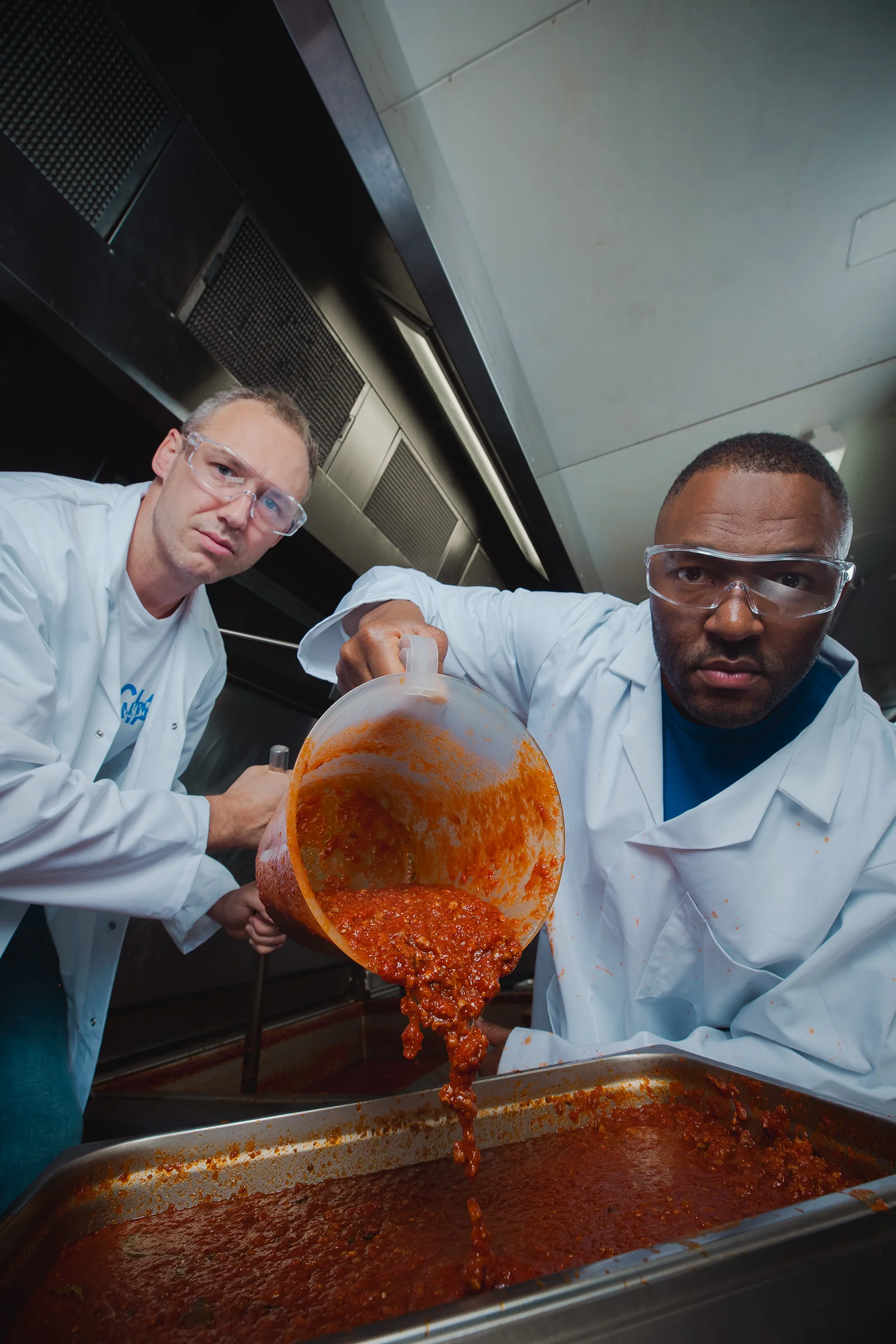
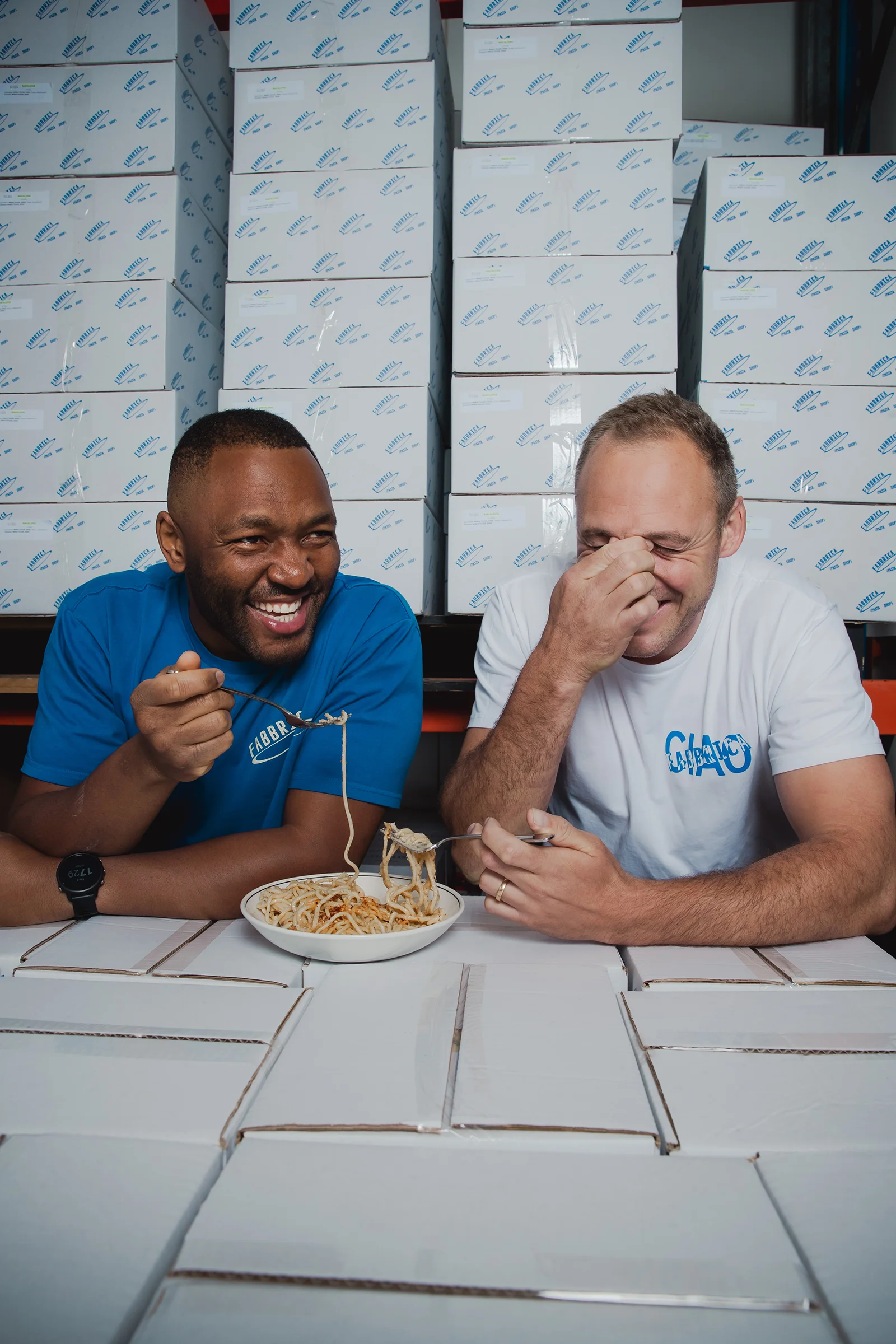
How has the creation of a retail item assisted in the other areas of your business?
Marlon: It benefits our entire restaurant operation because the factory produces pasta and sauce at such volume that we can get a really great consistency of product in the venues, and the upskilling of chefs and menu development for Scott is a bit more streamlined. We’re catering for Sydney’s OpenAir cinema this year, and there’s no way we could have done that without the factory, we can easily scale up when needed for projects like that. From a restaurant side, we can look at spaces we could never have looked at before, with no coolrooms etc, because we have the production facility. We can control delivery schedules seven days a week.
You still sell your packs directly via a Square online site, why is this sales channel important to the growth or visibility of the business?
Marlon: It’s really easy to use and interact with from a staff perspective. All of our venues use Square in some sense, or payment at the table. But the online version where we sell our retail packs is really intuitive, so there’s little training needed. It sits well embedded in our website too.
Any hot tips for preparing a Fabbrica pasta pack at home?
Scott: When you drop the pasta in the water, drop the sauce bag in there too to warm it up so it comes out easily. With the cacio e pepe, a bit of rendered-off guanciale or bacon works well added to it, I like pimping them up a bit. A little crunchy pangrattato on the sausage ragu is awesome too. And I always add a little extra butter.
Marlon: More butter, more better.
Fabbrica is a proud Square Seller. Explore more expert hospitality knowledge via our In Service series.
![]()




